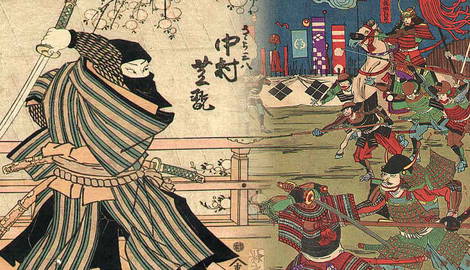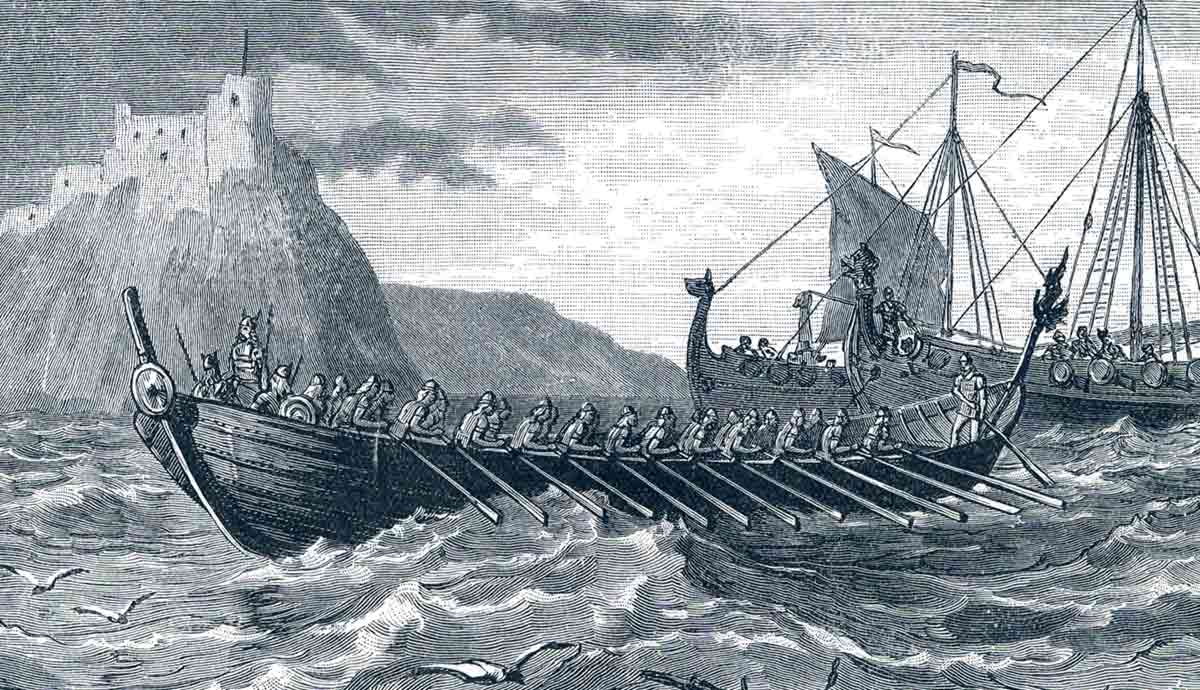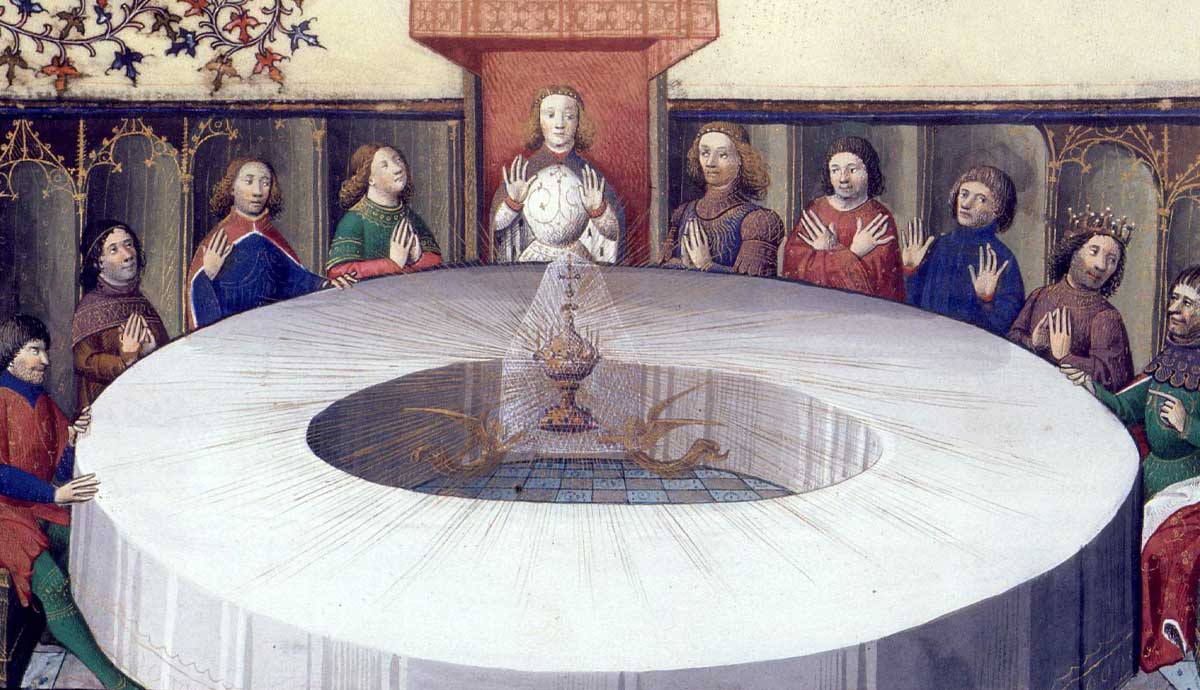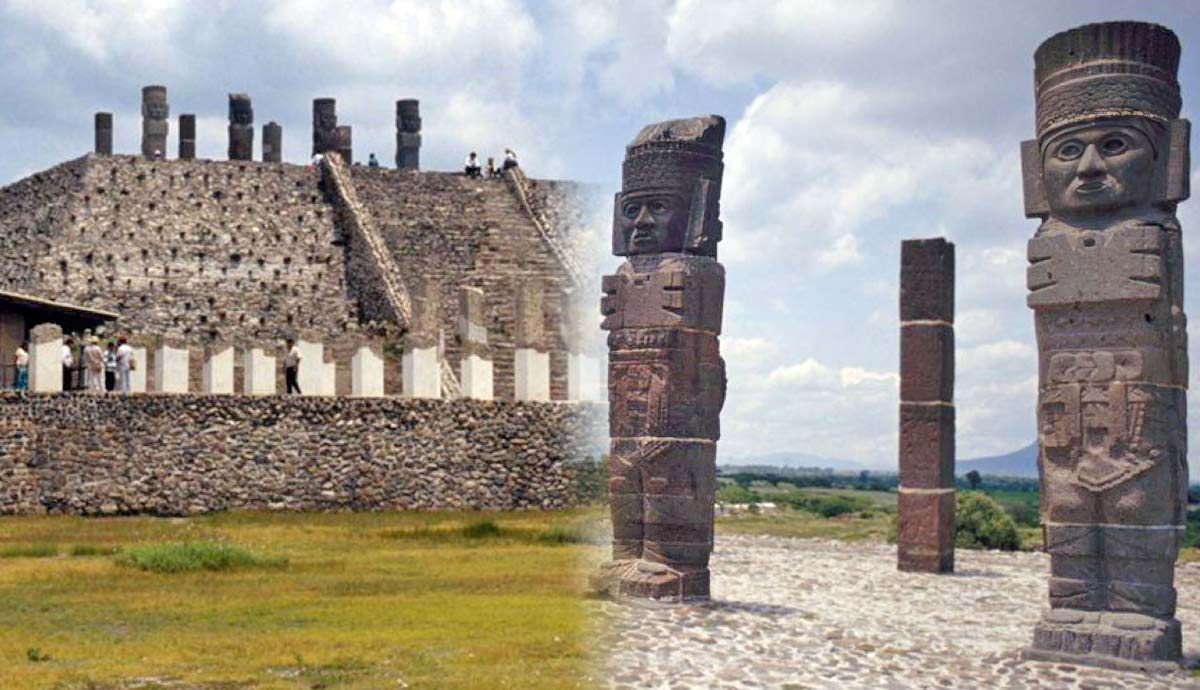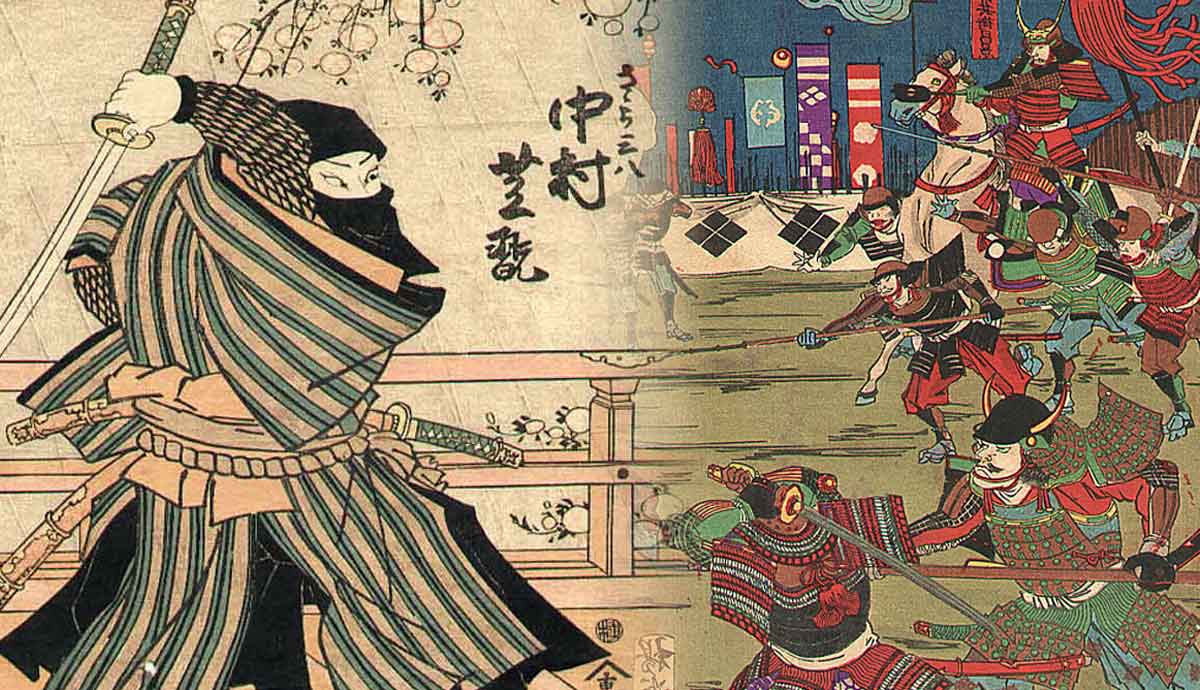
The Sengoku Jidai was by far the most turbulent period in Japanese history. The country was split into dozens of separate domains. Various daimyo had their own ideas on how to rule the country and were willing to wage war for it. Some, like Hattori Hanzo Masanari, would be in command of shinobi and would help the up-and-coming Tokugawa clan to stabilize the chaos of the time. His skill and the exploits associated with the shinobi made him the subject of hundreds of stories and rumors. So who was the real Hattori Hanzo and why was he such an influential figure in history?
Iga: Home of the Hattori

The Hattori historically made their home in Iga province, an especially mountainous and forested expanse of land that was often difficult for larger armies to traverse. Therefore, Iga was an almost independent province. As a loose confederation of peasants, the province was considered a threat by its neighbors who felt it might give rise to widespread unrest similar to how the Ikko-ikki were operating, possibly undermining samurai rule.
The relative inaccessibility of Iga allowed the ninjas to have bases of operation and training there; many hidden forest and mountain communities served this purpose. Some samurai, in an effort to increase their effectiveness for their daimyo, sought training (or were ordered to seek training) in the arts of ninjutsu. This leads us to Hattori Hanzo Masanari, the archetypal shinobi-samurai hybrid.
Hattori Hanzo’s Training

Although Hattori Hanzo was trained in the conventional fighting arts of the samurai (fencing, archery, horseback riding, etc.) during his ample time in Iga, he picked up some more unconventional tactics, such as nighttime movement, guerilla tactics, and espionage. He would use these tactics, as well as his knowledge of Iga’s terrain, to help Tokugawa Ieyasu on several occasions.
When Hattori Hanzo was young, he trained and studied at a Jodo Shinsu (True Pure Land) Buddhist temple. There is little historical evidence to show exactly who trained Hanzo (various fanciful accounts describe him as being taught by tengu, or mountain spirits), but this is a situation that happens frequently in Japanese martial arts folklore. Rather than being seen as deviating from the social norms of the time, many teachers who developed tactics out of the ordinary passed their knowledge off as being divinely inspired, lending an air of legitimacy, especially if they went into seclusion to hone their skills.
Hostage Rescue at Kaminogo and Servitude to the Tokugawa

The Hattori clan hailed from Iga, their ancestral lands but during the time of Hattori Hanzo’s lifespan, they lived in Mikawa, serving as retainers to the Tokugawa—formerly called the Matsudaira—clan. One of the first actions that earned him the trust of Tokugawa Ieyasu was his valor at the Siege of Kaminogo Castle.
At the time, the Tokugawa clan was under the control of the Imagawa clan, though with their defeat at the hands of Oda Nobunaga at Okehazama, they were significantly weakened. To secure the Matsudaira clan’s allegiance, they took several daughters and other family members hostage.
Hanzo took a small group of Iga ninjas and obtained clothing to match the uniforms of the guards at the gate, bearing a lantern with the mon (clan symbol) of the occupying general, Udono Nagateru, who was a vassal of the newly-fractured Imagawa. The guards, rather than verifying the identity of the men, allowed Hanzo and his group through the castle gates, where they spread out and started small fires, which quickly spread.
Most Japanese buildings were made of wood, which meant that any fires had to be put out as soon as possible. During the confusion, Hanzo’s group was able to locate and escort the hostages to safety, helping to free Tokugawa from the demands of the Imagawa.
Anegawa and Mikatagahara

Hanzo, as mentioned, was a samurai who fought in several open battles, the most famous of which were Anegawa and Mikatagahara. These two battles are known for having helped Tokugawa solidify his power base. The Battle of Anegawa marked the first time that the two daimyo had fought alongside one another. Tokugawa had always been known as a patient commander; he almost never committed his forces fully as some of his contemporaries did. Tokugawa did not enter the battle until later because it was speculated that Hanzo was attempting to scout a clear route for the advance of the army. It is said that he fought valiantly to keep Ieyasu alive.
The Battle of Mikatagahara in 1573 saw a decisive defeat for Ieyasu at the hands of Takeda Shingen. Takeda’s forces converged upon Ieyasu’s position, and he was forced to retreat to Hamamatsu Castle and endure a siege. Hattori Hanzo once again demonstrated his penchant for nighttime attacks, taking a force of 30 Iga shinobi (ninja) and harassing the advancing Takeda forces using guerilla tactics and delaying their advance.
Hanzo’s exploits, many of which are mentioned in the Kansei Choshu Shokafu revolved around asymmetrical warfare, and many of his supposed supernatural powers were the result of clever misdirection and striking at the opportune time. As it stood, Hanzo’s actions were able to give Tokugawa the advantage against numerically superior forces.
Escort to Mikawa

Hanzo’s most well-known and arguably most important service to Ieyasu took place after the assassination of Oda Nobunaga at the hands of Akechi Mitsuhide. In 1582, at Honno-ji, Mitsuhide launched an attack as vengeance for Nobunaga’s massacre of the Buddhist population, and Nobunaga retired to a back room of the temple to commit seppuku. Mitsuhide’s plan was to then eradicate Nobunaga’s surviving supporters.
At the time, Ieyasu was in Sakai province with a small group of companions, Hanzo among them, dangerously close to Mitsuhide’s position. Rather than face capture and likely execution, he chose to retreat to his home province of Mikawa.
Because of how quickly they needed to act, Hanzo suggested that the group travel through Iga. It was the shortest path to Mikawa, but fraught with peril. The Iga had been the target of one of Nobunaga’s purges and were hostile to any outsiders for the most part. So-called “samurai hunting gangs” or ochimusha-gari took refuge in the forests and mountains, waylaying any samurai they encountered, taking their gear, and killing them.
Hanzo and a small group of Iga men loyal to him escorted the Tokugawa retinue through the mountain passes of Iga up to the borders of Mikawa. Hanzo would serve Ieyasu in several other important engagements, including the Siege of Odawara against the Hojo and the Battle of Nagakute against Toyotomi Hideyoshi.
Shinobi no Hiden, Hanzo’s Manual of Ninjutsu

Although ninjutsu is a secretive art, to say the least, there are three comprehensive manuals on their various teachings and experiences: Bansenshukai, Shoninki, and Shinobi no Hiden. The last one was written by someone named Hattori Hanzo. Separated into five volumes, it has varying dates of commonly accepted authorship, but the most commonly accepted one is sometime in 1560. Hanzo Masanari would have been studying ninjutsu and in the thick of fighting battles for the then-Matsudaira at this time, around the age of 18. However, because the Hattori clan passed the name “Hanzo” down, it is likely equally to have been penned by his father Hattori Yasunaga.
The first volume is an introduction, listing an account of how the shinobi originated in China and later came to Japan, along with a list of tools and techniques, but no elaboration. The second volume contains illustrations of shinobi tools such as fire-carrying devices, lockpicks, and even a diagram for a primitive diving helmet, but there is no documented use of the last.
The third volume explains the use of the various tools and the fourth volume deals with the more social aspects of infiltration, or the yo-nin skillset such as finding potential informants. Finally, the fifth volume tells what skills shinobi should practice in peace and in war.
The Fate of Hattori Hanzo

Hattori Hanzo Masanari led a life shrouded in secrecy and intrigue befitting a legendary shinobi–trained general. The exact circumstances of his death are also heavily disputed with some saying that he died in a naval battle at the hands of rival shinobi clan leader Fuuma Kotaro. Although the Fuuma shinobi were experts in naval tactics, the anecdotal tales tell that there was a battle between the two in the Seto Inland Sea.
However, Hanzo at the time was said to have been living a monastic life at Sainen-ji. The temple, located in Tokyo, was one he had built to honor the memory of Ieyasu’s son Nobuyasu, who had been ordered to commit seppuku by Ieyasu as a show of loyalty to Oda Nobunaga.
Hanzo is said to have died in 1597 at the age of 54 from illness, but no public sources specify the nature of that illness. The Iga shinobi who served under Hanzo were appointed as the guardians of Edo Castle, where the Tokugawa shogunate was headquartered and later became the capital of the country. Hanzo himself was buried at Sainenji.
